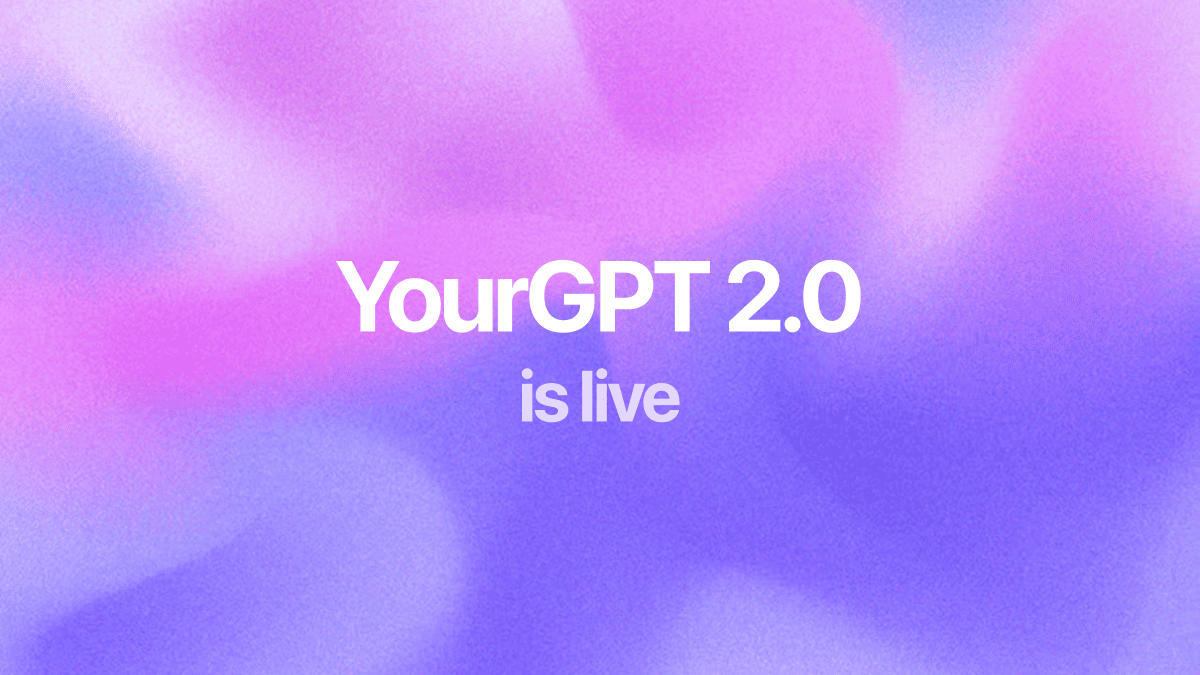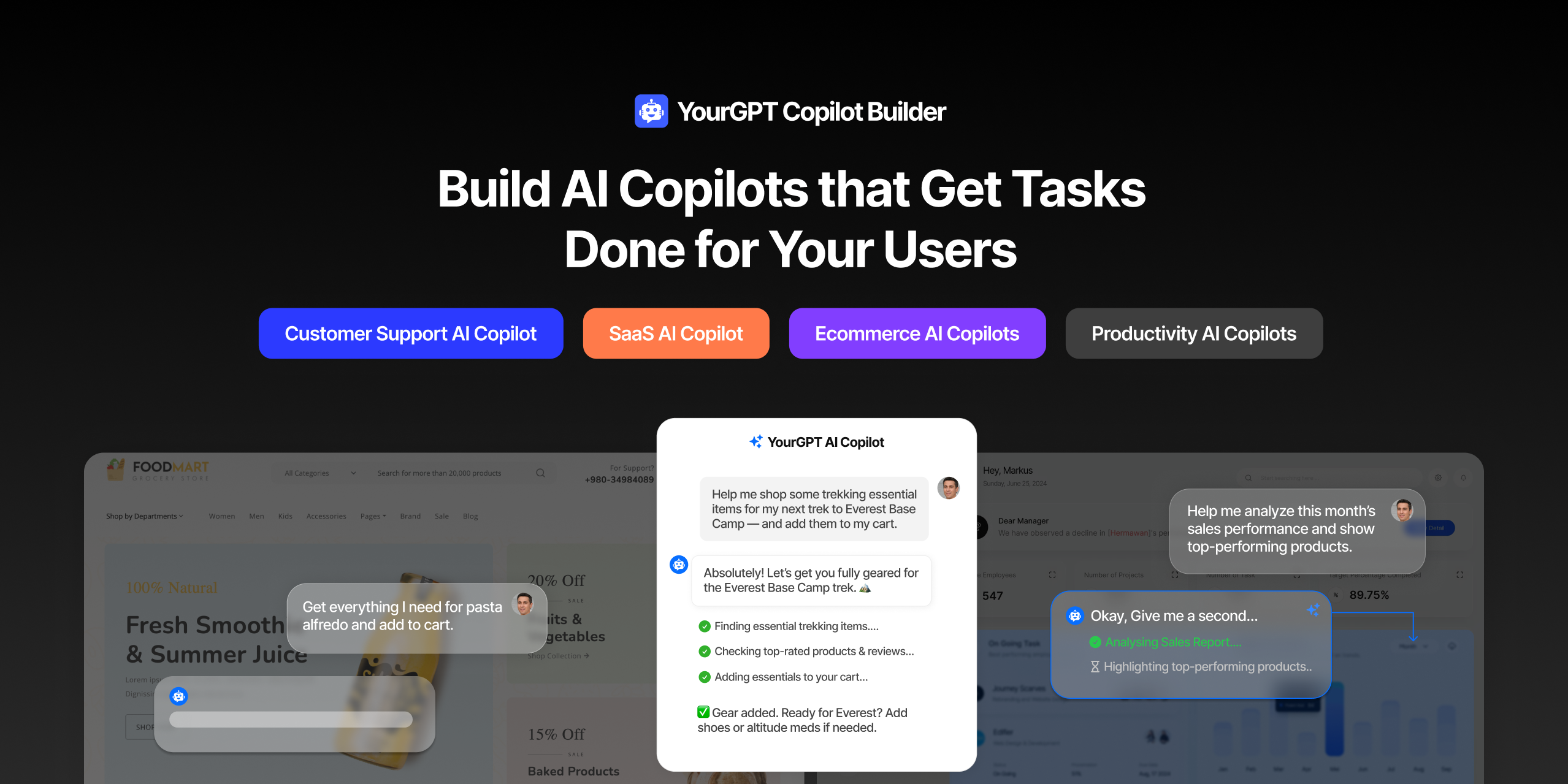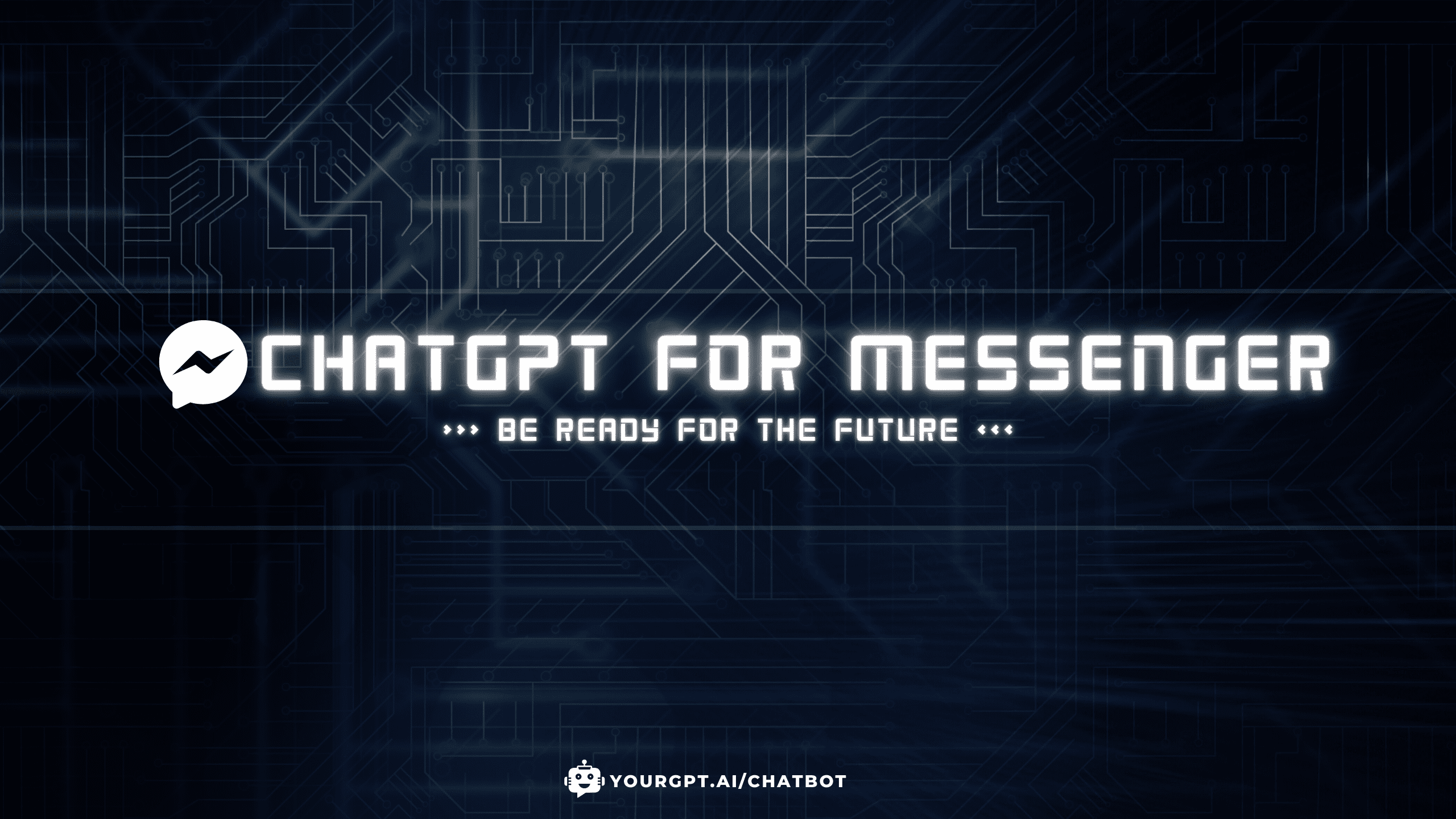Creating GPT AI Agents to Optimize Customer Interactions [using Chatbot Studio]


![Creating GPT AI Agents to Optimize Customer Interactions [using Chatbot Studio]](https://s3.us-east-2.amazonaws.com/assets.yourgpt.ai/content/uploads/2024/03/18140852/Agents.png)
Businesses frequently face the challenge of managing a high volume of customer inquiries, which can lead to long wait times and frustrated customers. This makes providing efficient and effective support a difficult task.
To improve customer interactions and streamline operations, many businesses are using to AI solutions.
An effective way to address these challenges is by using AI agents, especially GPT agents, to improve customer interactions and business processes.
Let’s first learn about GPT AI agents and their power before discussing Chatbot Studio.
Generative Pre-trained Transformer (GPT) is a type of large language model (LLM) used in generative AI.
It includes models popular models series like GPT 4, GPT 3. It is designed to understand and generate human-like text based on the input it receives.
GPT models are trained on large datasets of text from the internet and can generate coherent and contextually relevant responses to user queries.
A GPT AI agent is an advanced AI system that provides responses based on your specific data.
It uses generative AI to understand and answer customer queries accurately by leveraging information from its training. This results in precise, contextually relevant answers tailored to your business needs.
GPT AI agents function by processing input data and generating responses based on their training. Here’s a brief overview of their operation:
They can combine knowledge base responses with dynamic task handling by integrating with functions or guided agents.
Businesses can greatly benefit from using GPT AI agents with Guided Agents. Here are a few reasons why:
Chatbot Studio is flow builder that allows users to build powerful conversational AI agents.
It offers features to detect events and intents for guided conversations. It connects with other APIs and can includes interactive responses, such as images and buttons. It also allows for human intervention and lets users run JavaScript code to customize chats and more. It also allows human intervention and lets users run JavaScript code to customize chats and more.
Chatbot Studio allows you to create an interactive flow for your AI agent. This makes user interactions more engaging. It is also more effective than regular chatbots.
Access a variety of tools and features to improve your Agents’ functionality:


Now, let us start creating your own GPT AI agent with Chatbot Studio. Follow the below steps to start creating:
First, you’ll need to access the YourGPT Chatbot dashboard. If you don’t have an account yet, you’ll need to sign up and log in.
Next, you go to Chatbot Studio from the dashboard.
It is now time to begin building your conversational flows. use the drag-and-drop interface of Chatbot Studio to build your flow guided agents.
Check out this detailed guide for step-by-step instructions on building your conversational flow.
Test your Agent to ensure it responds correctly to user inputs. You can do this after you have made your conversation flow.
Testing is crucial for the effectiveness of your Agents. It helps you identify any issues or errors that you need to fix.
Once you are satisfied with the flow, it is time to publish it and deploy it to your website or preferred platform.
| Industry | Use Cases |
|---|---|
| E-commerce |
|
| Healthcare |
|
| Real Estate |
|
| Travel |
|
| Shipping |
|
| Law |
|
| Banking |
|
Q: Who can use Chatbot Studio?
A: Anyone can use Chatbot Studio to create custom AI Agents like business owners, customer service managers, marketers, Ecommerce retailer and hobbyists.
Q: How Chatbot Studio works?
A: Chatbot Studio uses a drag-and-drop interface to allow users to create conversation flows visually. Users can define intents, and connect them to create seamless interactions. The platform also integrates with OpenAI GPT models to enhance the chatbot’s understanding and responsiveness.
Q: Can I customize my Agents behavior with Chatbot Studio?
A: Yes, Chatbot Studio offers a wide range of customization options. Users can choose from pre-built templates or create custom conversation flows tailored to their specific requirements. The platform also provides tools for integrating with external services, adding buttons, and executing custom JavaScript code.
Q: Which industries can use AI Agents?
A: AI Agents are useful in many fields, including e-commerce, healthcare, real estate, travel, shipping, law, and banking. Chatbot Studio can help with customer support, scheduling appointments, integrating with third party APIs and much more.
Q: Can I get support if I encounter any issues while using Chatbot Studio?
A: Yes, if you have any questions or issues they may encounter. Simply reach out to our support team, and we will be happy to help you with your chatbot agent development.
Chatbot Studio is a powerful tool that businesses can use to improve their customer interactions and streamline their operations. A platform to create custom AI agents for tasks like customer service, automating processes, or improving user engagement.
Chatbot Studio provides businesses with advanced AI technology, resources, and tools to optimise their operations.
Explore Chatbot Studio and see how it can enhance your business.

Businesses today expect AI to do more than answer questions. They need systems that understand context, act on information, and support real workflows across customer support, sales, and operations. YourGPT is built as an advanced AI system that reasons through tasks and keeps context connected across every interaction. This intelligence sits inside a complete platform […]


AI can help you finds products but doesn’t add them to cart. It locates account settings but doesn’t update them. It checks appointment availability but doesn’t book the slot. It answers questions about data but doesn’t run the query. Every time, the same pattern: it tells you what to do, then waits for you to […]


GPT-driven Telegram bots are gaining popularity as Telegram itself has 950 million users worldwide. These AI Telegram bots allows you to create custom bots that can automate common tasks and improve user interactions. This guide will show you how to create a Telegram bot using GPT-based models. You’ll learn how to integrate GPT into your […]


TL;DR The 10 best no-code AI chatbot builders for 2025 help businesses launch quickly and scale without developers. YourGPT ranks first for automation, multilingual chat, and integrations. CustomGPT and Chatbase are ideal for data-trained bots, while SiteGPT and ChatSimple focus on easy setup. Other options like Dante AI, DocsBot, and Botsonic specialize in workflows and […]


GPT Chatbot for Webflow: The Key to Exceptional Customer Service Providing great customer service is essential for any business, but managing a high volume of inquiries can be a challenge.If you use Webflow, integrating a webflow chatgpt can simplify this process. This AI-powered webflow chatbot offers consistent, personalised responses to customer queries, helping you manage […]


Messenger is an important platform for businesses to engage with customers in real time. With over 1 billion active users on Messenger in 2024, it is a great opportunity for businesses worldwide to connect with their audience. Using YourGPT Chatbot in Messenger can make customer service more efficient. YourGPT Chatbot automates 70% of routine inquiries, […]
